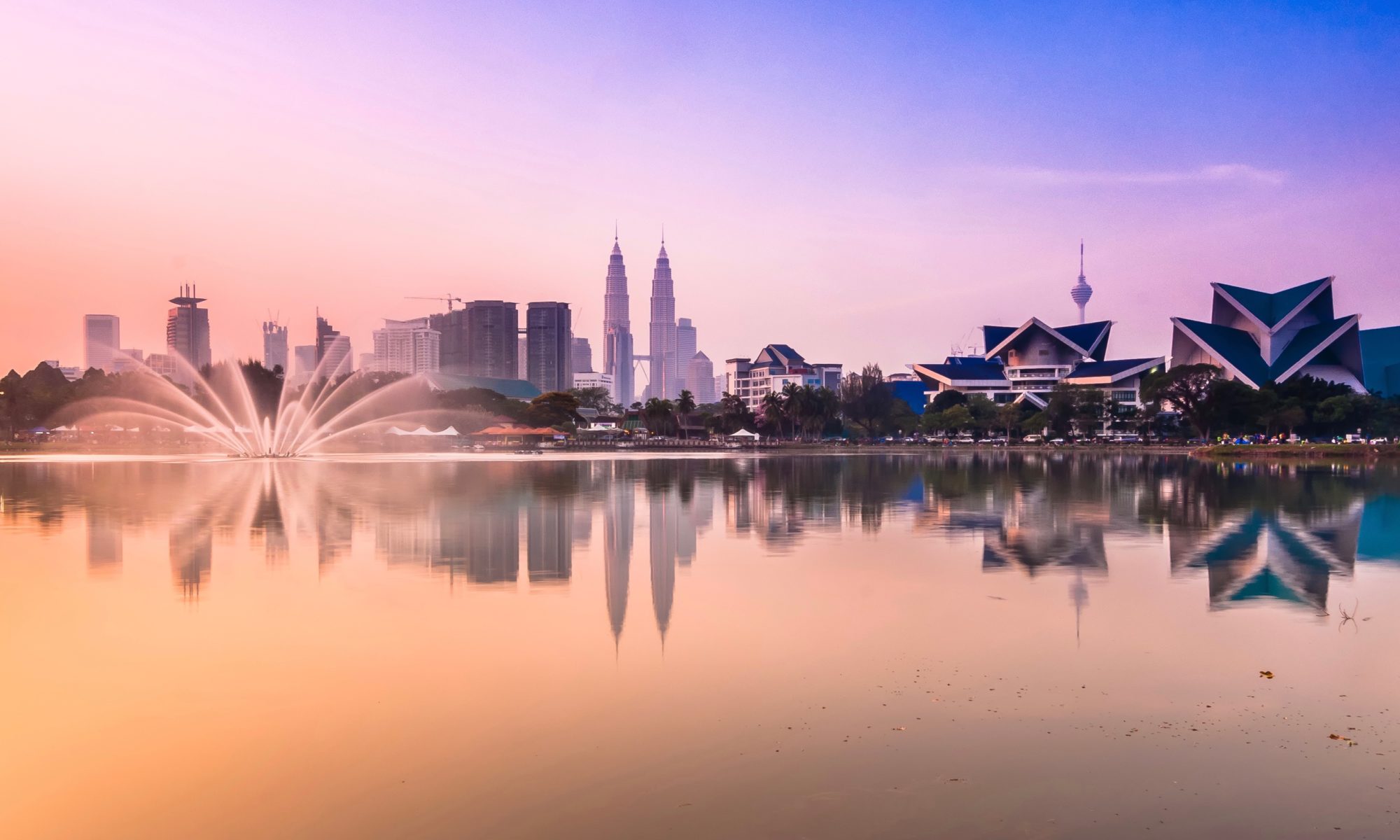Back in Sep 2020, I wrote some initial thoughts about MUDA, the new kid on the block of Malaysian politics. Having left Bersatu after the spectacular implosion of the Pakatan Harapan government in 2020, former Minister of Youth and Sports Syed Saddiq Syed Abdul Rahman decided to form his own political vehicle, tapping on the idealism and energy of a new generation of young voters. While the Malaysian United Democratic Alliance was never specifically an “age-ist” organisation, the fact that the party’s acronym was a Malay word for “young”, and that the President himself was in his 20s, suggested that MUDA was always going to pitch is political message towards the younger segment of the Malaysian electorate, which was expanded greatly following a bipartisan vote in Parliament to extend the right to vote to Malaysians aged 18 and above.
The party started on a real swing of momentum, and came into its own during the great floods of 2021. It was quick to marshal support to the most affected areas, and made its presence felt in many flood areas across the country, with many young volunteers choosing to participate via MUDA’s coordination.
However, as mentioned in my Sep 2020 essay, the prospects of newly-formed political parties in Malaysia have never been especially stellar. Like many developing countries, political parties tend to be very tribal, and the political base of the largest political parties tend to reflect the major cleavages within society, be it ethnic, religious, class-based, or geographic.
In the case of MUDA, they were very clear on their primary target market: young, liberal urban and suburban voters, typically in their 20s and below, mostly affluent enough to believe that they have “transcended” the primal ethnic lenses of their parents. The problem, of course, is that this voter bank is already hotly contested by both PKR and DAP, both of whom typically would split the urban/suburban vote between themselves amongst ethnic lines: the more Chinese-dominated areas like Kepong and Batu would be natural DAP home ground, while PKR has staked its political fortunes on the Malay suburbs of Gombak, Setiawangsa, and Bandar Tun Razak. Where does MUDA play in all this?
As it happens, we saw the play in the recent general elections. MUDA was mostly squeezed out of the selection process for the main urban and suburban seats that they had pitched their hopes on. Today, they still have only one Member of Parliament, with Syed Saddiq holding on to Muar. To add insult to injury, the Unity Government secretariat has been taking great pains to snub MUDA, having held several meetings without MUDA representatives being invited.
What does the future hold for MUDA? Without any natural voter base to speak of, and the polarisation of Malaysian politics set to continue to play itself out primarily along racial lines, I think MUDA will probably only survive for another one or two election cycles, before it gets swallowed up, most likely into PKR, from my perspective. Unless MUDA begins to take clear measures to carve out a distinctive and meaningful niche for itself in Malaysian politics, I believe it is fair to say that the beginning of the end for this plucky political party is already well under way.
